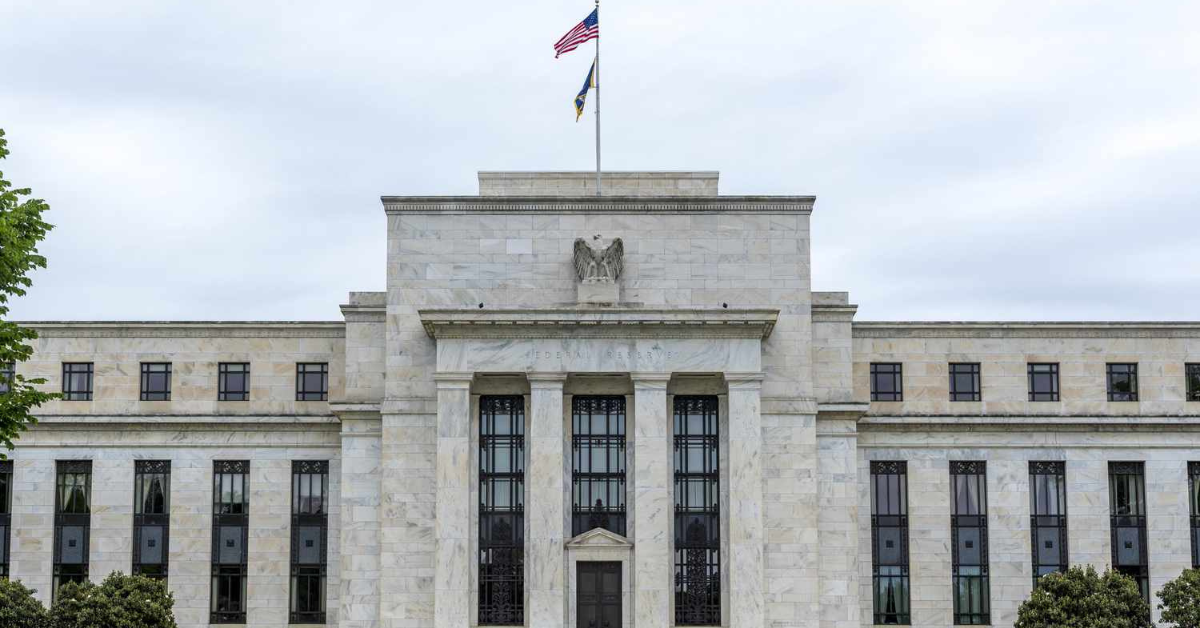The Fed made it clear that synthetic securitization transactions refer to the performance of a group of loans on a bank’s balance sheet.
The Federal Reserve may encourage American banks to shift more of the risk in their loan portfolios to investors, which might allow them to raise capital.
The issuance of credit-linked notes that expose investors to the risk of losses on U.S. bank loan portfolios was one type of structured debt that the Federal Reserve on Thursday clarified the requirements for capital treatment. The announcement was published as a frequently asked questions document on Thursday.
According to the Fed’s Q&A, U.S. banks engage in these debt trades by issuing credit-linked notes correlated to the performance of a group of loans or other financial exposures and selling those to investors, enabling them to reduce their risk-weighted assets.
The capital they would need to hold against them for regulatory capital purposes would be decreased as a result, according to sources in the banking industry, if they received capital relief.
As banks look for regulatory capital relief, interest in these transactions has grown, according to Missy Dolski, global head of capital markets at alternative investment firm Varde Partners, a participant in such products.
This guidance clarifies which structures would need affirmative approval for capital relief as well as what is necessary to comply, she continued.
he Fed made it clear that credit-linked notes sold through special purpose vehicles (SPVs) in synthetic securitization transactions by U.S. banks would automatically qualify for capital relief. Synthetic securitization transactions refer to the performance of a group of loans on a bank’s balance sheet.
According to the Q&A, directly issued credit-linked notes might potentially be eligible but would need Fed approval. These securities are not issued by an SPV, but rather by a bank.
According to Michael Bright, CEO of the Structured Finance Association, it has proven challenging to complete such private transactions in the United States.
Because many U.S. authorities express knee-jerk mistrust of customized products, getting permission for favorable capital treatment on credit risk transfer securitizations has been difficult for banks, according to Bright.
Data on them are not readily available, but the European Central Bank (ECB), which regulates banks, told Reuters in April that in 2017, these transactions totaled a record 174 billion euros ($189 billion).
Market sources have stated that a bank can often transfer risks of losses corresponding to between 7% and 12% of its loan portfolio in a European trade.
These clarifications come in response to increasing requests for information on which of these customized trades issued by U.S. banks would qualify for capital relief, according to sources in the banking sector.
When reached for comments on the implications of the guidance, major U.S. banks either declined to comment or did not react right away.
By purchasing the notes, investors provided credit insurance for a large pool of loans, but their investments are now decreasing as losses are incurred on this pool, according to the Fed’s Q&A.
According to one of the financial sources, investors are frequently compensated with a high yield that, in some situations, can reach double digits.





